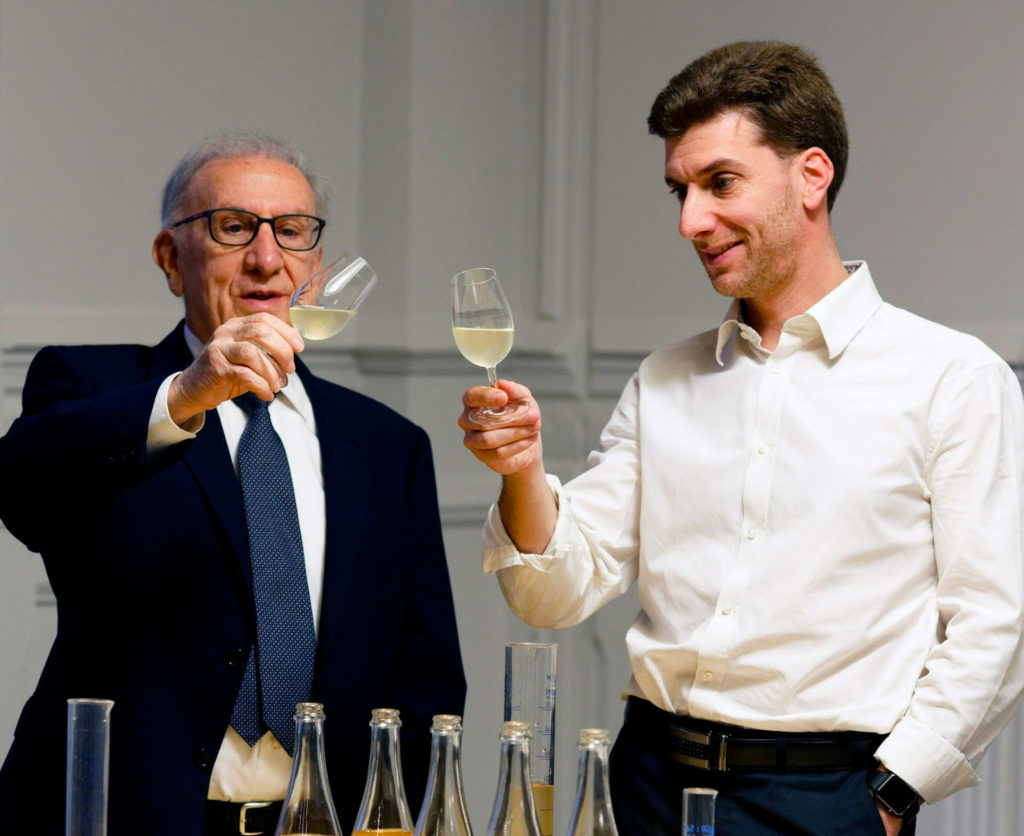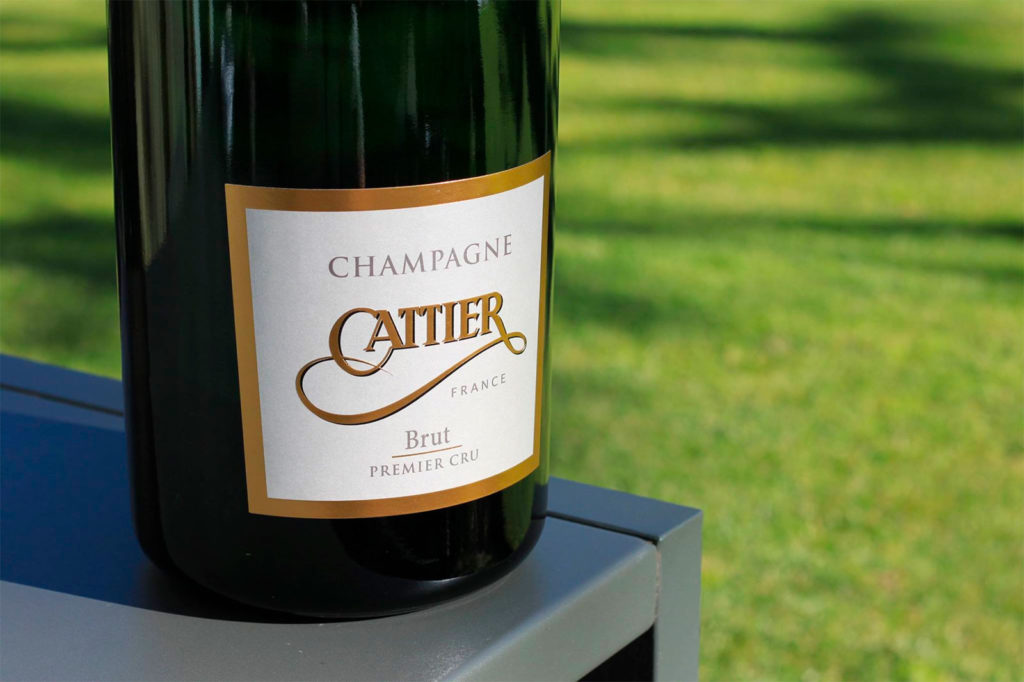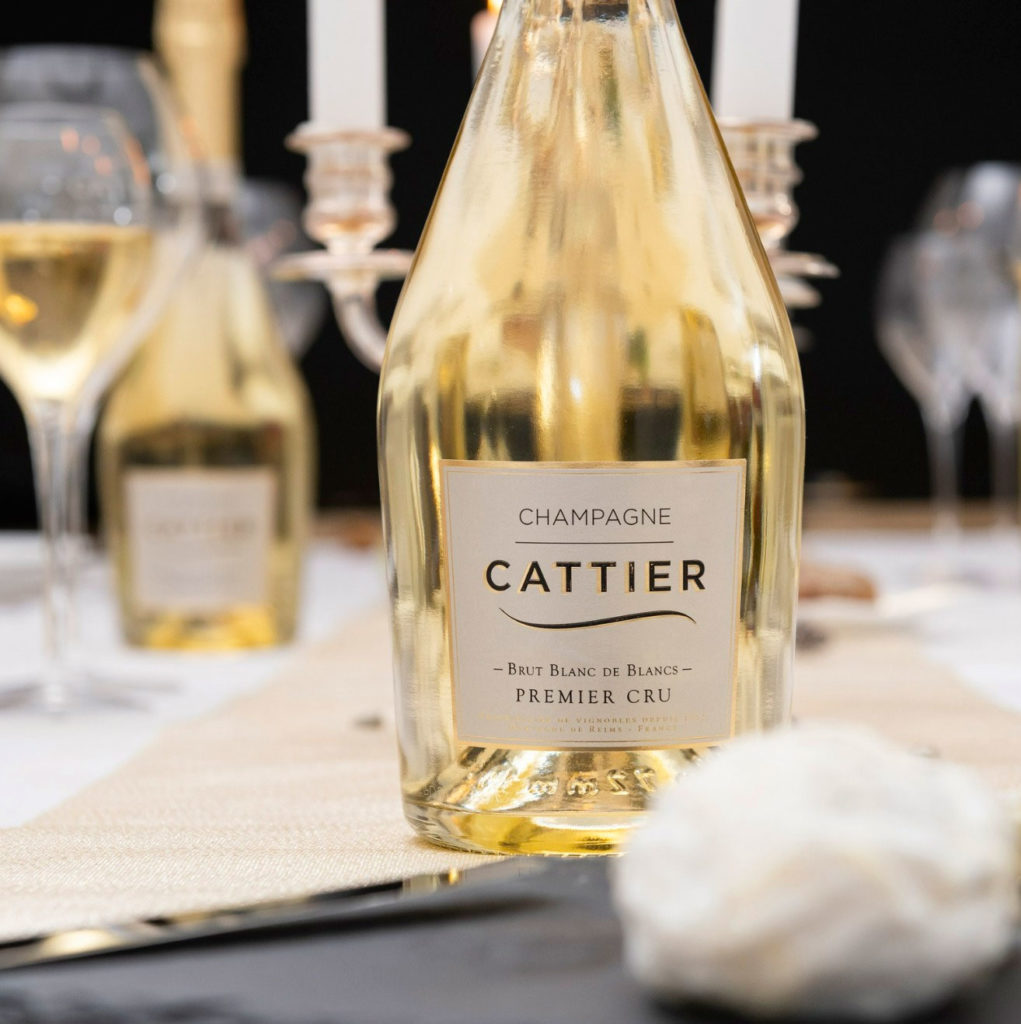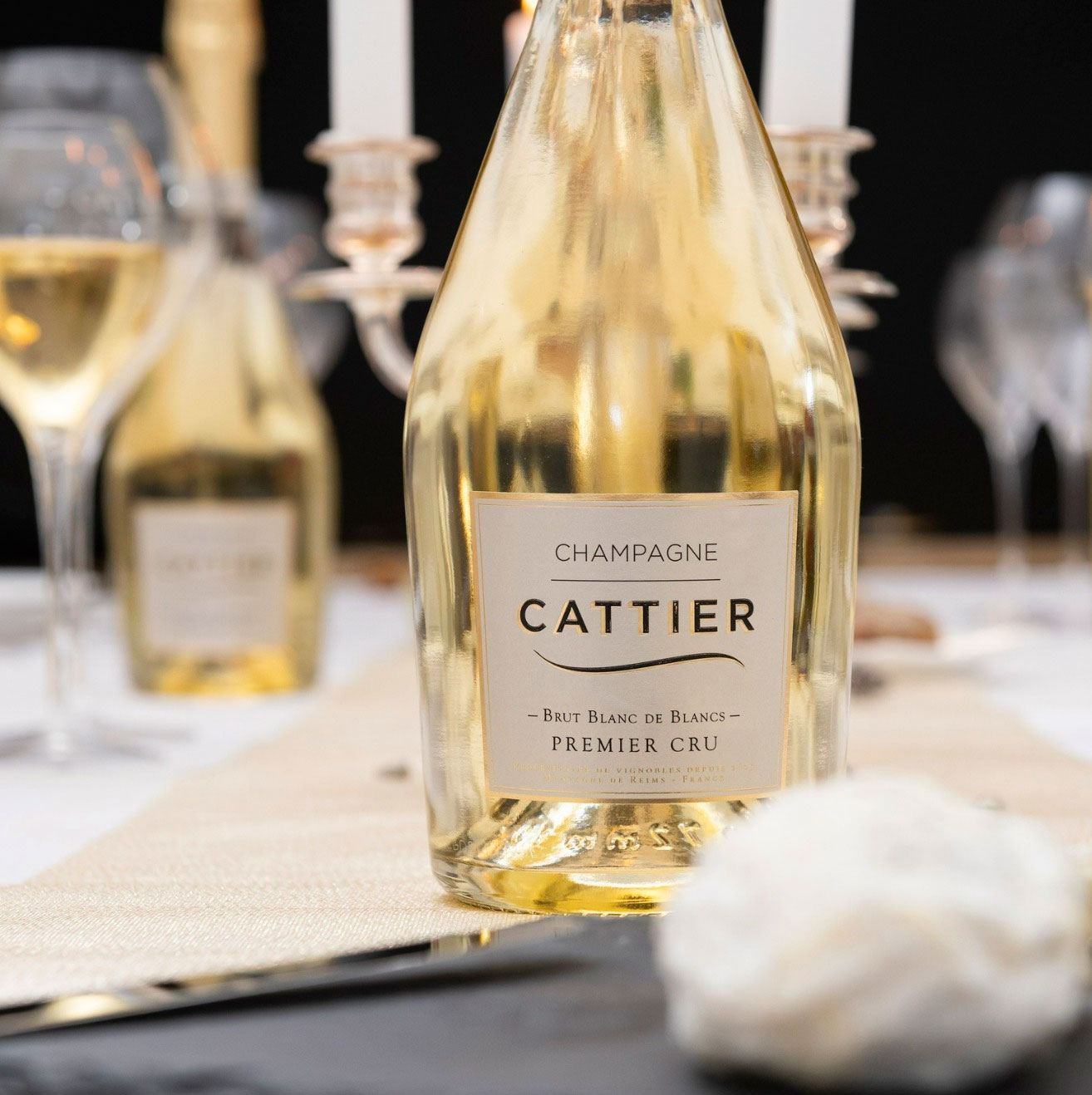Explore Champagne Cattier in Chigny-les-Roses, France: heritage, unique cuvées, cellar visits, and expert insights into premium French champagne.
Champagne Cattier, rooted in the Premier Cru village of Chigny-les-Roses in the Montagne de Reims, France, epitomizes the art of champagne making. With a history spanning over four centuries, this family-owned house has cultivated a reputation for crafting exceptional champagnes that reflect the richness of their terroir. Visitors to the estate can immerse themselves in the heritage and meticulous craftsmanship that define Champagne Cattier, offering a profound appreciation for one of France’s esteemed sparkling wines.
The Estate’s Heritage: Centuries of Dedication
The Cattier family’s association with viticulture dates back to 1625, when they began cultivating vines in Chigny-les-Roses. This enduring commitment has seen 13 generations oversee the estate, each contributing to its evolution. A pivotal moment occurred in 1916 when Jean Cattier, returning from World War I, vinified the family’s grapes amidst the turmoil, leading to the release of their inaugural bottles in 1918. This resilience laid the foundation for the house’s enduring legacy.
In 1951, the acquisition of the Clos du Moulin, a historic 2.2-hectare vineyard in Ludes, marked a significant milestone. This enclosed plot, with origins tracing back to the 18th century, became the source of one of Cattier’s flagship cuvées. Today, under the stewardship of Alexandre Cattier, the 13th generation, the estate continues to honor its rich heritage while embracing modern innovations.

Crafting Distinctive Champagnes: A Diverse Portfolio
Champagne Cattier’s portfolio showcases a range of cuvées, each reflecting the unique characteristics of their vineyards. Notable offerings include:
- Brut Premier Cru: This blend of Pinot Noir, Pinot Meunier, and Chardonnay presents a pale gold hue with fine bubbles. Aromas of spiced biscuit and acacia flowers lead to a palate featuring brioche, peach, and citrus notes, culminating in a fresh, enduring finish.
- Clos du Moulin: Sourced exclusively from the eponymous vineyard, this cuvée balances 50% Chardonnay and 50% Pinot Noir. It is celebrated for its complexity and elegance, embodying the essence of its historic terroir.
- Brut Rosé Premier Cru: A blend dominated by Pinot Noir and Pinot Meunier, with a touch of Chardonnay, offering a salmon pink color. It delivers crisp acidity complemented by ripe red currant flavors and a subtle sweetness on the finish.
- Brut Blanc de Blancs Premier Cru: Comprising 100% Chardonnay, this champagne exhibits freshness with notes of green apple, lemon zest, and delicate floral undertones, underscored by minerality and a hint of toasted bread.
- Brut Blanc de Noirs Premier Cru: Made entirely from Pinot Noir, this cuvée showcases the varietal’s richness, offering flavors of red fruits and a robust structure.
Each champagne undergoes extended aging in the estate’s deep cellars, some reaching depths of 30 meters, ensuring optimal maturation conditions.
Distinctive Qualities: Reputation, Flavor Profile, and Value
Champagne Cattier’s acclaim stems from its meticulous vineyard management and dedication to expressing the Montagne de Reims terroir. The estate’s sustainable practices, including certifications like Haute Valeur Environnementale (HVE) and Viticulture Durable en Champagne (VDC), underscore its commitment to environmental stewardship.
The flavor profiles are characterized by balance and depth. For instance, the Brut Premier Cru’s interplay of brioche and citrus notes appeals to both connoisseurs and casual enthusiasts. The limited-production Clos du Moulin offers a nuanced experience, reflecting the unique attributes of its singular vineyard source.
In terms of value, Cattier’s champagnes are positioned competitively within the premium segment. The Brut Premier Cru, for example, delivers a sophisticated tasting experience that rivals more expensive counterparts, making it a prudent choice for those seeking quality without exorbitant cost.

Cellaring Recommendations: Optimal Enjoyment Timelines
Understanding the aging potential of each cuvée enhances appreciation:
- Brut Premier Cru: Ready for immediate enjoyment, it also benefits from 3-5 years of cellaring, which can further develop its complexity.
- Clos du Moulin: This cuvée is well-suited for extended aging. Cellaring for 8-10 years allows its intricate flavors to evolve, rewarding patience with increased depth and nuance.
- Brut Rosé Premier Cru: Best consumed within 2-3 years to preserve its vibrant fruit characteristics and crispness.
- Brut Blanc de Blancs Premier Cru: This champagne can mature gracefully over 5-7 years, with aging enhancing its minerality and bringing forth richer, toasty notes.
- Brut Blanc de Noirs Premier Cru: Enjoyable upon release, it can also develop additional complexity over 4-6 years of cellaring.
Visiting the Estate: Access and Experience
Champagne Cattier welcomes visitors to explore its historic estate in Chigny-les-Roses. Guided tours offer insights into the family’s winemaking heritage, sustainable vineyard practices, and the unique architecture of their cellars, which feature Gothic, Roman, and Renaissance arches. These tours typically conclude with a tasting session, allowing guests to experience the distinct qualities of various cuvées firsthand.
To arrange a visit, it is advisable to contact the estate in advance, as tours are often by appointment only. Tours are offered in both French and English and typically last between 1.5 and 2 hours. The cost ranges from €25 to €50 per person, depending on the number of cuvées tasted.
The estate is located at 9 Rue Marcel Cattier, 51500 Chigny-les-Roses, approximately 15 km south of Reims and 140 km east of Paris. It is accessible by car or via train to Reims followed by a short taxi ride. Parking is available onsite. The village itself is classified as Premier Cru, making the visit not only a wine tasting experience but also an introduction to one of the most prestigious terroirs of the Champagne region.
The cellars extend down to 27 meters underground, providing naturally cool and stable temperatures of around 11°C, ideal for long-term maturation of the wines. The cellar tour includes access to three architectural levels and a presentation of the riddling and disgorging processes. The estate limits daily visitor numbers, preserving the quality of the experience.
For professionals or collectors, the estate also offers private tasting sessions and meetings with members of the winemaking team, including Alexandre Cattier when available. Advance booking for such events is essential.

Practical tips for travelers
Travelers planning to visit Champagne Cattier should keep several practical aspects in mind to optimize the experience. First, avoid weekends and public holidays, when traffic to the Reims area can become congested. Weekday visits ensure a more direct interaction with staff and quieter tasting conditions.
It is also advisable to combine the Cattier visit with other notable wine stops in the Montagne de Reims. The village of Chigny-les-Roses is near Ludes and Rilly-la-Montagne, both of which host other Premier Cru producers. A day-long itinerary covering 2–3 houses is manageable if appointments are made ahead.
If you’re planning to purchase bottles, Clos du Moulin is available at the estate shop, often with vintage releases not found in retail stores. Prices start at around €85 per bottle, with magnums reaching €180. The Brut Premier Cru is available for about €35, while Rosé Premier Cru is sold at €42. Purchases above €300 can often be arranged for home shipping within the EU at reduced shipping rates.
Weather in the Champagne region is cool oceanic, with average temperatures around 11°C year-round. Dress in layers, especially if visiting the underground cellars. Comfortable walking shoes are recommended, as the cellar floors can be damp and uneven.
Accommodations near Chigny-les-Roses include small inns and wine lodges. Alternatively, Reims offers a broader range of options, including luxury hotels and Michelin-starred dining. Taxis from Reims to the estate cost around €25–30 each way. Some hotels also offer bespoke wine tour packages that include transport.
Travelers coming from Paris can take the TGV from Gare de l’Est to Reims (approximately 45 minutes) and arrange a car service or taxi for the final leg. Renting a car may be more flexible for those planning multiple estate visits.
The estate is not particularly tourist-oriented, and that’s a strength. You come for the wines, not for theatrical staging or marketing-heavy attractions. The staff are professional and knowledgeable, and the experience focuses on the technical and historical side of champagne production.
XperienceFrance is your travel specialist in France.
